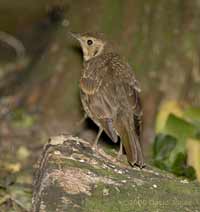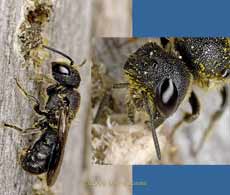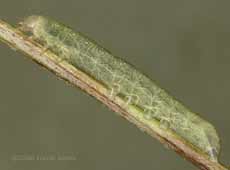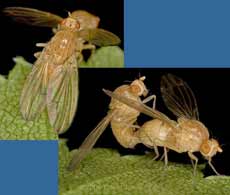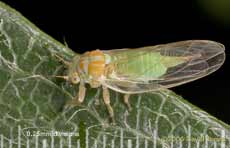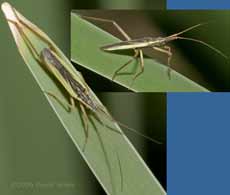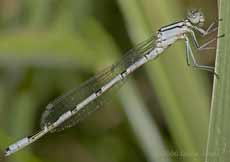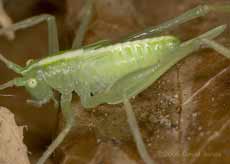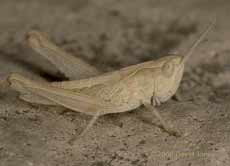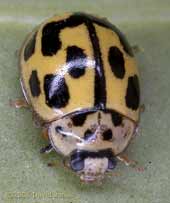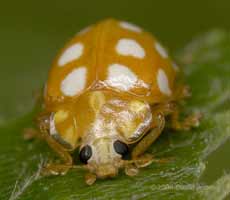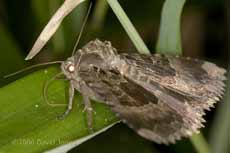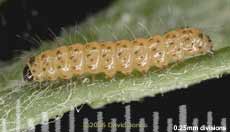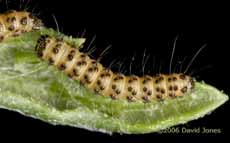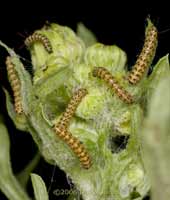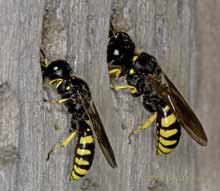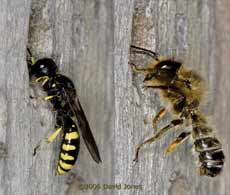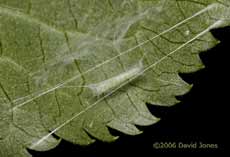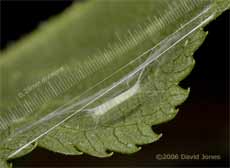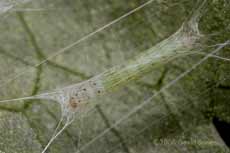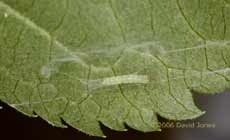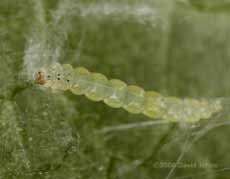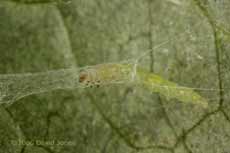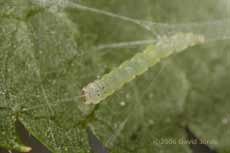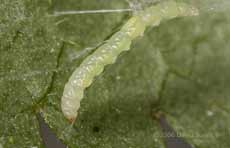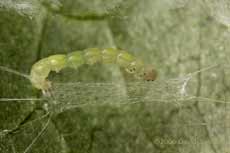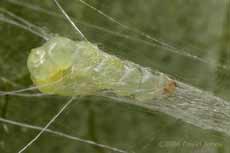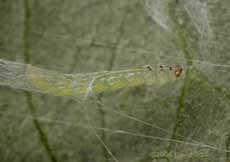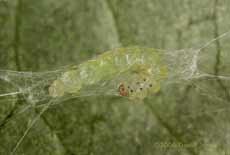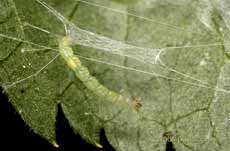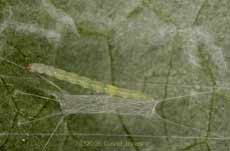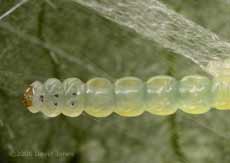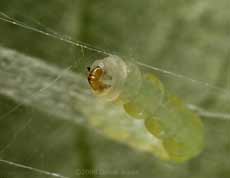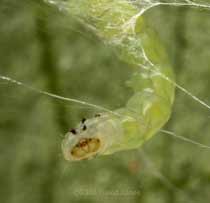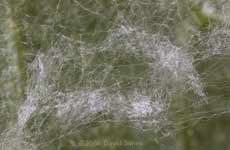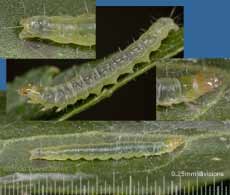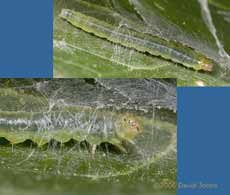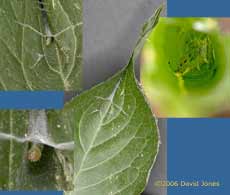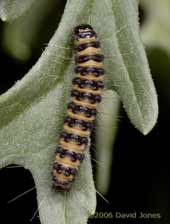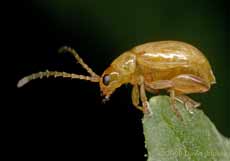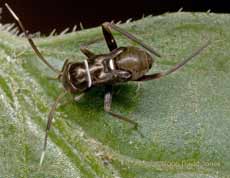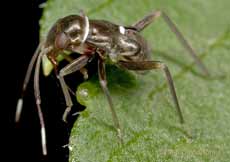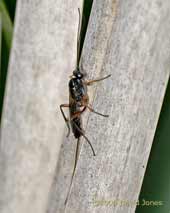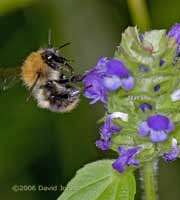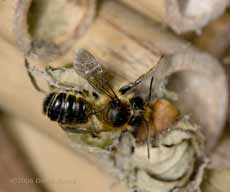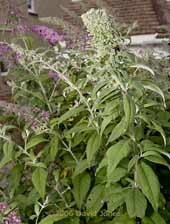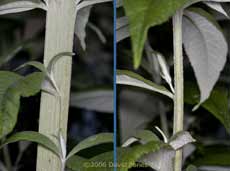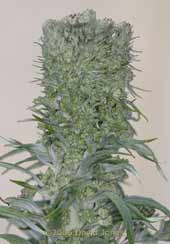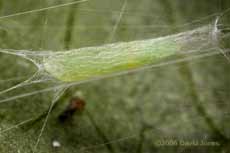Go to the last entry on this page .....Go to previous entry4 July - Independence Day in the USA, a successful shuttle launch, and the fourth day with temperatures over 30C here at mybitoftheplanet. We actually saw a few drops of rain today but the clouds dissipated before it came to anything. We are promised thunderstorms, perhaps tomorrow and then slightly cooler conditions. I'm afraid that the combination of high temperatures and the Chronic Fatigue has been a source of real frustration.
At the end of June I mentioned the arrival of a juvenile Thrush. Since then it has become a daily, morning visitor. This morning, while I was elsewhere, Sheila was sitting on the veranda and watched it spend ages bathing in the birdbath. I haven't seen or heard any adults here since it started visiting. There is still no sight or sound of either a Robin or any Dunnocks.
The House Sparrows were feeding fledglings today, and spend quite a bit of time searching for insects amongst the lush vegetation we have in the garden at the moment. I've also seen one or two targeting the bee hotels, flying up to grab bees that are swarming in front of them.
There are insects and their larvae to be found in the garden if a Sparrow (or Blue Tits - they are also busy here) searches hard enough. I also watched a solitary wasp hunting for larvae today. This caterpillar was spotted on the stem of a Ragged Robin plant.
These small orange coloured flies are often seen around the Birch tree,
but this tiny psyllid (Jumping Plant Lice) is a more unusual sighting. It looks very much like Psylla buxi , although we don't have any box plants in which its nymphs develop.
This is a bug that is also an unusual visitor here. It looks like Notostira elongata, which is abundant in in rough grassland.
I have yet to see any dragonflies in the garden this summer, but I have seen a couple of damselflies like this one over the last few days. In fact, I saw one being fed to one of the House Martin chicks today.
When I go for a wander around the garden, these crickets turn up quite regularly now.
Today I spotted an adult, but this one is a youngster - in this closer view you can see its stubby wings.
This evening as I walked down the garden something leap out of my way. I don't often spot grasshoppers here, and this youngster blended in well with the stepping stones and the grass that has been bleached in our present drought.
Up until the middle of June there had been very few aphids here, but their numbers are now increasing rapidly. While the ants are taking advantage of the situation, it is still very unusual to see a ladybird here. Away from the Birch tree this is the only example I have seen in the garden this month so far. It is a spots free variant, 14-spot ladybird (Propylea 14-punctata) with a very pale head and pronotum (thorax).
Even the Birch seems to be lacking, with only this individual seen in several days, and no sign yet of any larvae.
The lower fronds of the large bamboo plant next to the workshop shed are now covered with drops of sap thanks to aphids in the upper branches. The sticky deposits provide easy food for a variety of flies and other insects that visit.
The night before last, I saw five huge Old Lady moths feeding there, and last night there were two taking advantage of the supply.
The Cinnabar Moth caterpillars have now spread out over the Ragwort plants. By the 2nd they had started to leave the area around the egg cases.
By yesterday I could see a caterpillar on most leaves and the black spots were getting bolder.
Today there were several groups to be seen around flower buds at the ends of stems. from a distance the black spots almost seem to blend together now to form the dark bands described in my caterpillar guide.
During these very hot days the solitary bees have had the bee hotels almost to themselves, and it was only in the evenings that have seen solitary wasps taking an interest.
The night before last there were two similar wasps taking a lot of interest, especially in one of the holes. These two images show them at exactly the same scale. While their markings are almost identical, the right-hand wasp is noticeably larger and had slightly lighter feet. Are they a male and a female?
While they were carrying out their inspections, there was also one of our larger solitary bees doing the same thing, and as well as checking out the same hole it also chased the wasps away several times.
My son Simon brought my some rotting Oak logs a couple of days ago, and I'm in the process of turning a couple of them into Grand Hotels for the solitary bees and wasps. Finally, what I think is a wonder of animal engineering (I have photographed one of these before, but on that occasion it was unoccupied).
The two diagonals in this picture are bundles of silk that put this section of the leaf into a curve. Suspended below these tensioning 'cables' is a silk tube which surrounds the larva. Towards the centre of the leaf (top-left in the picture) there is a cobweb-like barrier which I presume is a protective measure.
This second image, complete with a scale, shows more clearly the curve of the leaf, and the way in which the tube is suspended,
and then this final close-up of the tube, showing the larva inside. I have no idea what the insect is, but I find it incredible that a larva can produce such a complex structure.
Before I forget - we now have a couple of hedgehogs visiting each night, with a bit of courtship heard and then see last night. It would be nice if they moved into our hedgehog house - fingers crossed!
7 July - The heatwave described in that last report came to a rapid end the following day, in the way they usually do. However, the thunderstorms missed us. The thunder was distant and I only saw one lightning flash over the treetops. Since then it has been a case of sunshine and occasional showers, with cooler temperatures, with today reaching just 20C. We are getting regular visits from up to four young Blue Tits, and today there were also a couple of juvenile Great Tits - could they be ours? The House Sparrows continue to feed their young, both in and away from the nest, and we get frequent visits from the small, local flock of Starlings with their youngsters. Yesterday I caught a glimpse of a fledgling Blackbird, which is still being fed. There are at least two juvenile Goldfinches about. Sadly, we haven't seen the young Thrush since the last diary entry. The small birds all have to be very careful at the moment as the Sparrowhawk has reappeared after a gap of several weeks. I think it may have taken a sparrow here this afternoon. Tim Norriss has suggested that the caterpillar in the 'hammock' could be that of Lyonetia clerkella, the Apple Leaf Miner micro-moth. Despite its name, I see accounts of its caterpillar mining in Silver Birch, Hawthorn, Cotoneaster, and ornamental Cherry, as well as Apple. Yesterday morning I found another one of them on an Elder leaf, and this time the larva was still working on it. Despite the fact that the main structure had been completed I was able to spend quite a long time watching as it worked on the suspended tube.
This time, the main tensioning bands of silk were thinner, and the cobweb barrier seemed to be more organised into clumps of silk.
Over several hours, the larva (actually a caterpillar) spent most of the time working in a very methodical way on the tube itself and its supports. It would wriggle most of the way out of the tube to secure another strand of silk,
and then withdraw over half way back through the tube to secure the other end of the strand. These were the only times I saw its tail end out of the tube.
It would repeat this process for each of the supports at the end, here attaching silk to one of the tensioning 'cables',
and here, adding another strand to one of the bundles of silk securing the tube to the leaf.
Every so often the caterpillar would bend back around the outside of the tube, presumably to attach more silk to its exterior.
Having worked out of one end of the tube for a while, it would then turn around in there
to repeat the process at the other end.
Another 'u-turn' would indicate that it was returning to where it started from.
I watched that work for about an hour before I saw the caterpillar's attentions turn from the supports to the many single-stranded threads that ran parallel to the tube. You can see these in several of the pictures above. It seemed to be attaching many of these to the supports that had been reinforced.
It was while adding to these threads that the caterpillar got nearest to leaving the tube.
That was especially so at this moment which gives us a chance to get an idea of the caterpillar's size. The tube is almost exactly 5mm long, which make the stretched caterpillar about 7mm in length.
Whenever the caterpillar stretched out it tended to wave about at it tried to make contact with existing threads. While this provided a bit of a challenge, my new lens enabled me to get some close-ups of it. This shows the three pairs of true legs, and the front two pairs of pro-legs;
this shows the top of the head, and
in this shot an up-side down caterpillar is look straight at the camera!
After about another hour activity came to a halt and the caterpillar settled in the tube. As far as I can tell it hasn't moved since then, and I am now watching to see any sign of it pupating.
This is a closer view of the silk barrier. Unlike the threads that are stretched out under tension, these threads, like those of the tube have a very wavy (or is it a spiral) appearance.
That was quite a performance, even though I only watched the latter stages and I have to wonder why it goes to such lengths to provide a place for it to pupate, certainly when compared with this next caterpillar.
As I was doing a bit more pruning in the garden two days ago I (as usual) checked the branches that were cut off, and on another Elder leaf I found this caterpillar, measuring just over 9mm in length. After I took several photographs of it wandering over a leaf, I left it overnight. By yesterday morning the leaf was nearly completely folded over along the axis of the main vein.
I decided to pull the leaf open and found the caterpillar right in the crease of the fold. Instead of moving away, it simply started laying more strands of silk across the two sides of the fold, just over its back. Having done that, it just stopped and waited.
Gradually, the two sides if the leaf started to fold up, presumably as the silk shrank(?) until, by the middle of the day, the end of the leaf was tightly pinched together. Inside the fold the caterpillar went back and forth laying down a silk lining. It also added more cross-strands ahead of where the leaf fold ended.
These pulled more of the leaf together, and by the end of the day most of the leaf was folded. This morning the whole leaf is folded neatly in half, with the caterpillar completely hidden inside. It was interesting to see these different approaches to the protection of their pupae as they develop into the adult moths.
On the Ragwort, the more advanced Cinnabar Moth caterpillars are now taking on their 'text-book' appearance with the black spots having merged to to create their characteristic black bands. This one measured about 1cm in length.
Also on the Ragwort I could see several of these Ragwort Flea Beetles (Longitarsus flavicornis) this morning. I haven't seen any of the scarce Leaf Beetles on the plants recently.
One final pair of photographs - This afternoon I pruned a couple of Iris seed heads, which get top-heavy and topple over as they develop. As I picked one up I went to brush off my arm what I thought was an ant, until I took another look and found it to be this bug nymph which I have not seen here before.
I don't know what plant it came off and I haven't identified it yet, but its white collar has to be a good clue? In this photograph you may just make out its rostrum (piercing beak).
One effect of the rain over the last few days is that the sap that attracted the Old Lady moths to the bamboos has been almost completely washed away. At the other end of the garden, over the same time period the Buddleia has come into flower and should pull in the moths and butterflies when conditions are good over the next couple of weeks. Tomorrow I must remember to take some photographs of an unusual growth on it.
8 July - A dry, if cloudy and quite cool (16C) start to the day at 7am, and as I finish off yesterday's entry I have just seen a juvenile Robin at the birdbath - I wonder where its parents have got to.
A short time later (around 8am), a stroll down the garden was rewarded with the first pictures of the day. First, this parasitic insect with a long ovipositor which is partly hidden by the leaf. It flew away before I could manage a second shot. I can only estimate that its body (without ovipositor) was around 1cm in length.
Then, as I walked back to the house I spotted this early morning bee visiting the Self-heal plants. This was the first time I have seen this species for several weeks at least, and I need to remind myself which one it is - I had several more sightings during the day.
There has been quite a bit of cloud cover today, although we have had a reasonable amount of sunshine. Despite those bright spells, activity at the bee hotels has been very slow since the heat wave ended.
However, next to the veranda the Leaf-cutter Bees are starting to emerge. This is the first one I've seen so far, and it had to be rescued from cobwebs spread over the bamboo tubes by the resident spider. Needless to say, each time they are brushed away, the webs reappear very quickly.
I mentioned our Buddleia plant yesterday. It is now well into its flowering, but one stem has developed in a very unusual way. Seen here on the right, although it has developed from a normal looking, round stem at the bottom, this quickly flattens out , as the next pictures show -
These images, taken at right angles to each other, show the same bit of stem. At the point where the shoot is growing the stem measures about 18 x 5.5mm.
The top of the stem terminates in a tightly packed mass of tiny leaves and flower buds, one or two of which have started to open. It will be interesting to see how flowering develops on this monstrosity!
There were more butterflies about today than I have seen all summer so far. I saw a Red Admiral, several sightings of a Comma and Large Whites, and some small brown ones that I couldn't identify, but just one Large White visited the Buddleia. I spent some time at the front of the house watching the House Martins and had the frustration of a Banded Agrion damselfly land a yard or so from me while the camera was firmly fixed on my tripod! Also, the local Sparrow hawk flew over clutching something small in its talons - it was being mobbed by one of the Martins! Last, but certainly not least, an update on the caterpillar in the hammock - while it still appeared to be a caterpillar first thing this morning, during the day it has pupated. I think that the brown object you can see below the tube may be its cast off skin. When I first saw it, it was right next to the right-hand end of the tube, but fell down as I moved the leaf to take this photograph.
The leaf seems to be thriving in a container of water, so I hope to keep it long enough to see when the moth emerges. I've organised a plastic bottle 'bell-jar' over it, and I will be checking it frequently over the days to come. The caterpillar in the folded leaf hasn't changed, and seems to be still hungry - there are numerous small holes in the leaf now. Click on the images to see larger versions - |
|
